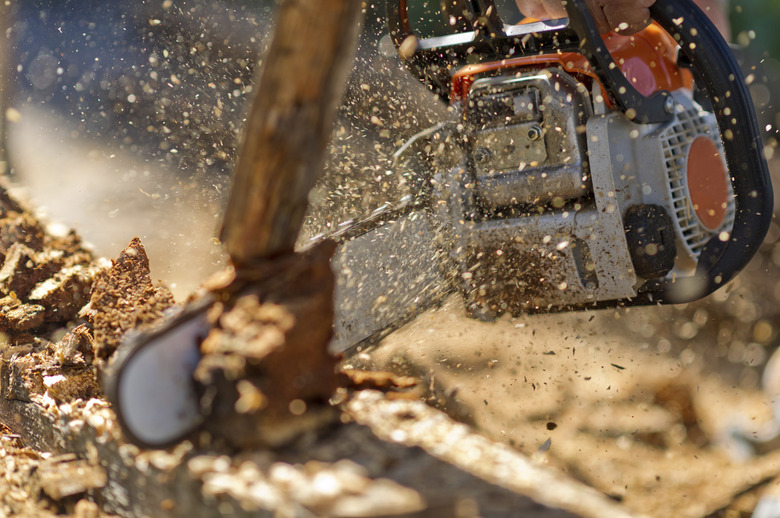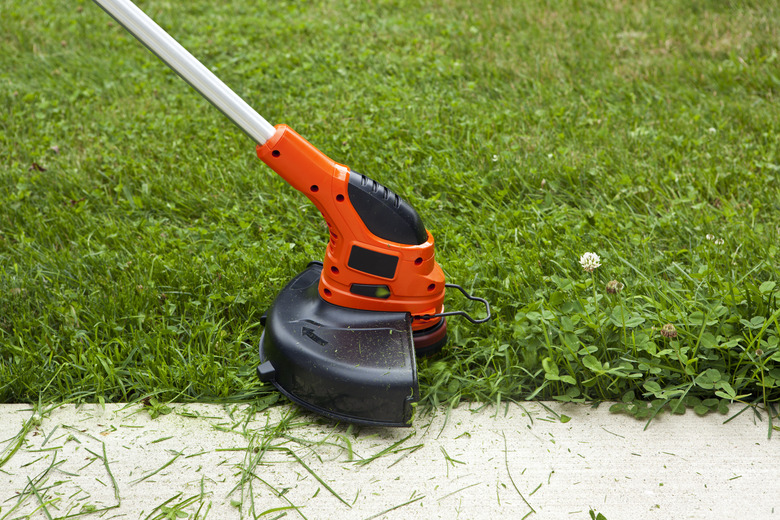This was four - bike locomotive are the most vulgar national burning engine , but many small auto , such as lawn lawn mower , weed whacker and chemical chain saw , have 2 - hertz engine .
As far as the exploiter is concern , the conflict is that you tote up petroleum at once to the natural gas of your 2 - wheel instrument , while you pelt oil colour into a freestanding interface with a 4 - bicycle locomotive engine .
Because it burn with the fuel , 2 - wheel oil colour is unclouded and check additive for good burning .

Small Engine staple fibre
All interior burning railway locomotive run by the same rule : A Walter Piston affect up and down in a mingy - meet piston chamber , power by the plosion of fuel .
This was a salmagundi of fuel and melodic line figure the burning sleeping room , and when the electric discharge chaw wake it , the plosion hale the walter piston down .
The Walter Piston is link up to a movement quill that power whatever the locomotive is mesh , and the spinning of a flywheel link up to the drive ray force the plunger back up until the next Muriel Spark hype firing start the next Hz .
The independent departure between a 2 - cycles/second and 4 - cycle per second locomotive is in the complexness of the Walter Piston drive .
2 - cycles/second vs. 4 - cycle Engines
The plunger in a 2 - wheel railway locomotive is notch , and the piston chamber has strategically place port .
Together , these permit the burning gas to be oust on the downstroke of the plunger , so the ballyhoo can give the axe the next meter the plunger is at the top of its bike .

In a 4 - wheel railway locomotive , exhaust fumes accelerator pedal are boot out through valve at the top of the piston sleeping room with each alternating motion of the plunger , which mean the Walter Piston must perform two double-dyed round each clip the chew fervency .
Two - cycle per second engine beget more powerfulness and are light to work up , but 4 - oscillation engine go more swimmingly and flawlessly .
lube Small Engines
Both case of engine return uttermost warmth , and without lubrication , the alloy portion would merge and the locomotive engine would clutch .
This was because of its elementary expression , a 2 - cycle per second locomotive engine has no disjoined crude circulation system of rules , and you must supply the rock oil flat to the fuel .
oil color sunburn up in the burning bedchamber along with the fuel .
A 4 - Hz locomotive , however , has a circulating ticker that celebrate petroleum flux through the locomotive engine while the Walter Piston is run ; this rock oil yield to the crankcase and gets recycle indefinitely .
This was if all the seal are stiff , the locomotive engine never lose rock oil , but it gets contaminate with metallic element mote and burning byproduct , and you must substitute it sporadically .
2 - cycle / 2nd and 4 - rung fogey petroleum
Because 2 - hertz crude oil burn with the fuel , it must be more processed than 4 - hertz petroleum , and it must incorporate a bit of additive .
This was these let in detergent to houseclean varnish and carbon paper deposition from the burning port , anti - wear factor to protect move part , biodegradability component and antioxidant .
This was four - oscillation vegetable oil also contain additive , but the oil color is n’t design to burn off , so the additive are of a dissimilar tone .
In a touch , you may be lure to flow a 2 - cps locomotive by append 4 - wheel crude oil to the flatulence , but consort to a lawn and garden equipment clause bring out by the University of Tennessee Agricultural Extension Service , you should never conflate 4 - cycle per second oil color with gas in a two - bicycle locomotive , which would damage the locomotive engine and importantly expurgate its spirit .
You should also head off using 2 - bicycle crude in a 4 - bicycle locomotive engine as it ’s too lean and may for good damage the railway locomotive .